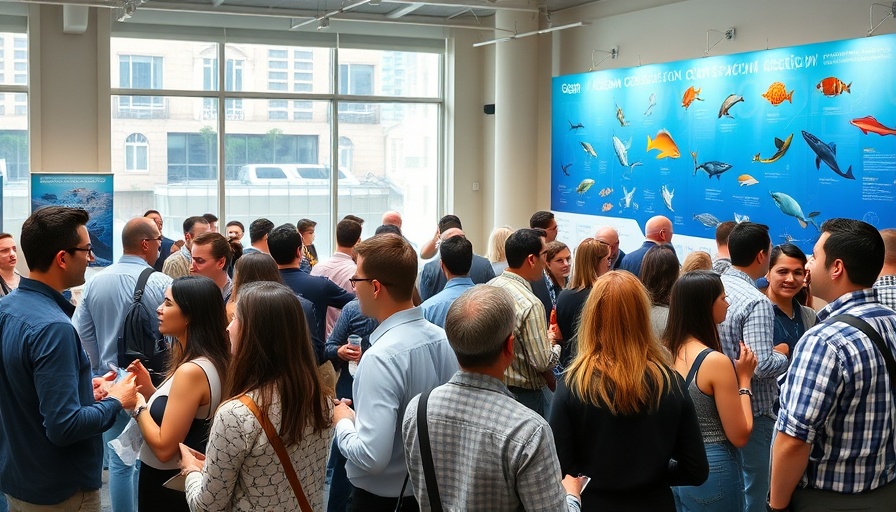
The Growing Tide of Ocean Protection Efforts
The recent United Nations Ocean Conference (UNOC3) held in Nice, France, marked a significant milestone in the global fight for ocean conservation. With over 15,000 participants and a record 55 heads of state attending, this gathering showcased unprecedented support for sustainable marine governance and the urgent need for the High Seas Treaty. French President Emmanuel Macron aptly summarized the stakes, emphasizing the critical role oceans play in climate regulation, and urging collective action: "If the Earth is warming, the ocean is boiling." This stark reminder underlines the necessity for unified efforts to safeguard our oceans.
Understanding the High Seas Treaty
The High Seas Treaty aims to diversify conservation strategies on the high seas, which cover nearly two-thirds of the world’s oceans. Currently, less than three percent of these waters are effectively protected, despite their crucial role in sustaining marine biodiversity and regulating climate. Efforts like the treaty represent a shift towards prioritizing ocean health in global policies. The increased attention and participation at UNOC3 point to a growing recognition of the ocean's fundamental importance in addressing climate change. The participation of renowned naturalist David Attenborough, who highlighted the oceans’ potential for regeneration, further drove home the urgency of this mission.
Funding the Future of Oceans
Despite the momentum, challenges remain, particularly in securing adequate funding. In 2019, only $10 billion was allocated towards the implementation of Sustainable Development Goal (SDG) 14, which aims to conserve and sustainably use oceans, compared to the estimated $175 billion needed annually. As UN under-secretary-general Li Junhua pointed out, transforming ocean funding from a trickle to a torrent is essential to achieve these goals by 2030. This funding is critical for addressing plastic pollution and enhancing marine protection across the globe.
Parallel Examples of Global Conservation Efforts
When looking at parallel success stories, the conservation of terrestrial ecosystems provides insight into potential strategies for ocean governance. Initiatives like the 30x30 conservation targets adopted in various countries underline the possibility of large-scale commitments that aim to preserve biodiversity. Similarly, coral reef restoration projects worldwide demonstrate the efficacy of targeted funding and community engagement. By learning from these initiatives, ocean conservation efforts can be modeled to maximize their impact and effectiveness.
The Role of Citizens in Ocean Conservation
As awareness about ocean conservation increases, the role of individual citizens is becoming more pronounced. Eco-friendly choices, like utilizing sustainable products and reducing plastic usage, contribute significantly to easing the burden on marine environments. Community-driven initiatives such as beach clean-ups, sustainable tourism practices, and the promotion of responsible seafood consumption illustrate how local actions can lead to global change. Individuals can adopt a more eco-conscious lifestyle, from composting to supporting ethically sourced goods, and actively participate in reducing collective carbon footprints.
Future Predictions and Trends in Ocean Governance
Looking ahead, trends indicate a promising shift towards integrated ocean governance strategies. With rising awareness of climate change, upcoming policies will likely emphasize harmony between economic growth and environmental protection. Innovations in green technology and sustainable practices, alongside community involvement, will be pivotal in shaping a sustainable future for our oceans. Additionally, funding allocations are expected to increase as international coalitions recognize the necessity for financial commitments towards ocean conservation.
Conclusion: A Call to Action for Eco-Friendly Living
As we reflect on the outcomes of UNOC3, it is evident that the tide is indeed turning for ocean protection. However, transition requires not only international cooperation but also local engagement and conscious consumer choices. We must act now by embracing sustainable living practices, advocating for environmental policies, and supporting initiatives aimed at protecting our oceans. By fostering a collective commitment to sustainable development, we can contribute to the health of marine ecosystems, combat climate change, and secure a thriving environment for generations to come.
 Add Row
Add Row  Add
Add 



Write A Comment